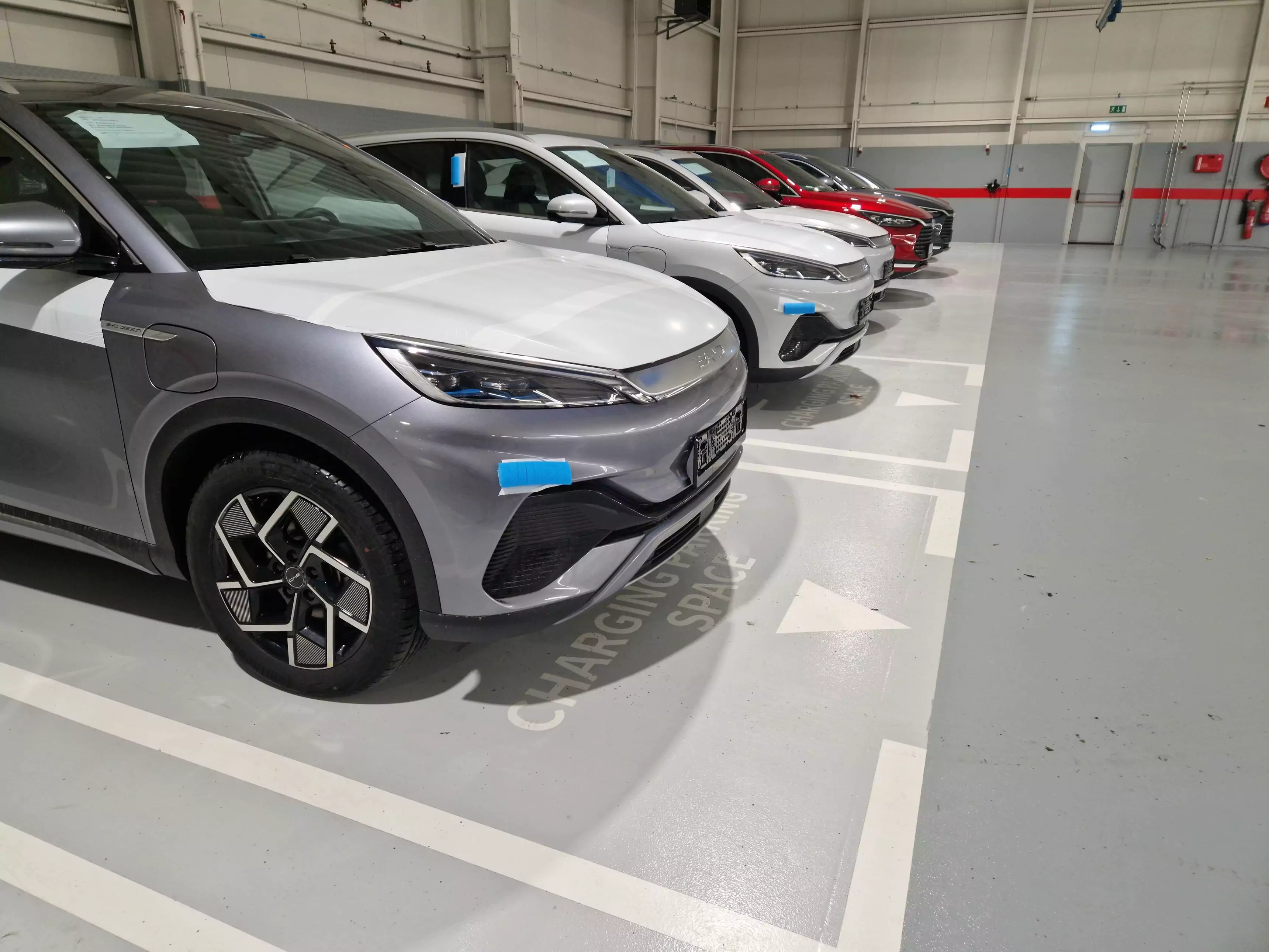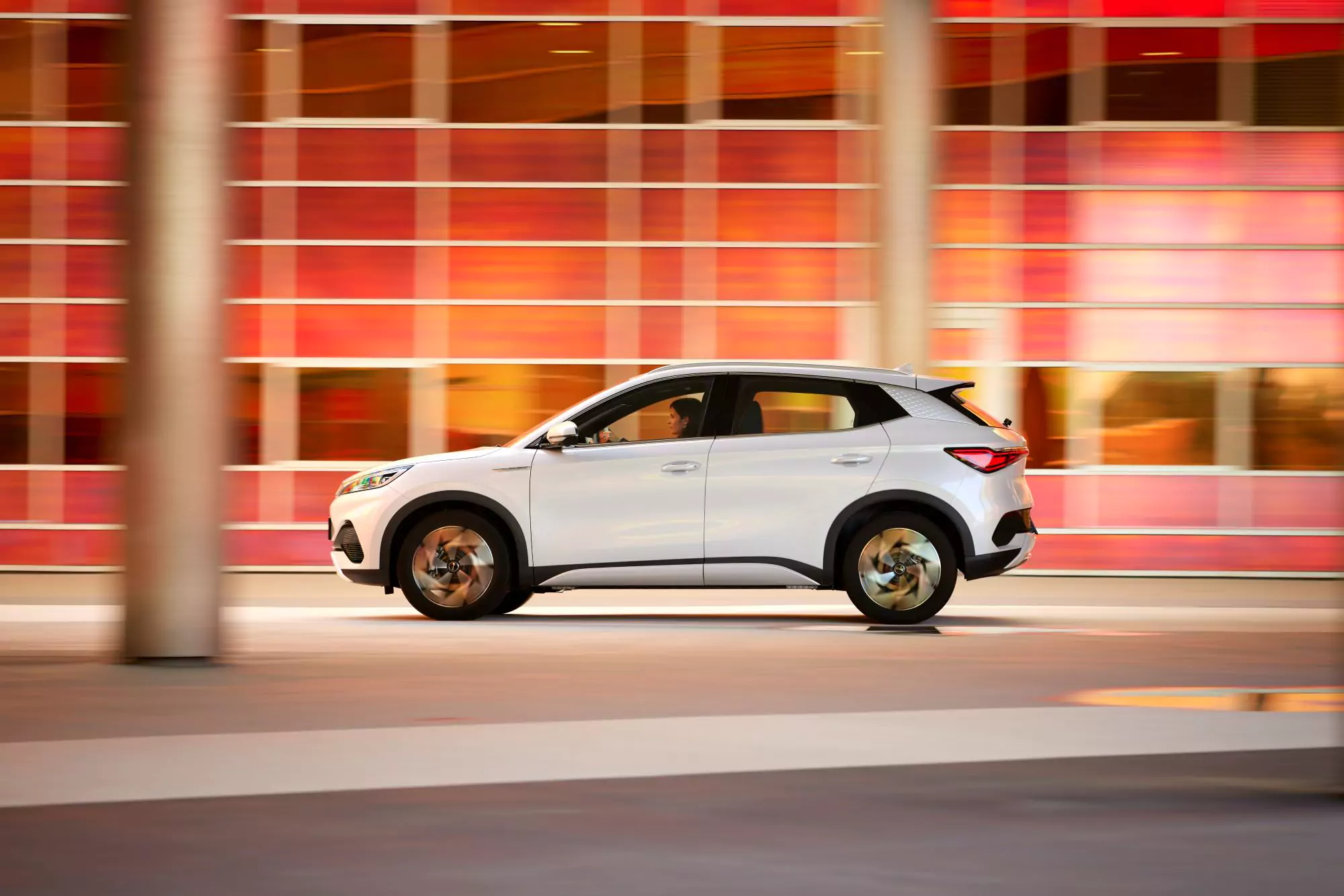New Tax Rules in 2025: A Unique Opportunity for the BYD Seal U DM-i plug-in hybrid
In early April, the Belgian federal government reached a new agreement regarding the tax deductibility of plug-in hybrid company cars (PHEVs). While the overall trend continues to move toward full electric, this agreement offers an unexpected opportunity for those investing in 2025.
What changes for PHEVs in 2025?
For vehicles like the BYD Seal U DM-i, ordered in 2025 and with CO₂ emissions ≤ 50 g/km:
· Minimum 75% tax deductibility for the entire duration (as long as the vehicle remains with the same owner)
· Electricity consumption remains 100% deductible
· Fuel costs deductible until the end of 2027 (50%), then no longer
👉 With an official CO₂ emission of just 21 g/km (WLTP), the Seal U DM-i is currently an unbeatable choice for self-employed professionals and businesses.
What changes from 2026 onwards?
Starting January 1, 2026, a new tax regime applies to newly registered PHEVs, based on real CO₂ emissions under the new Euro 6e-bis standard:
· ≤ 50 g CO₂/km → up to 100% deductible based on the formula: 120% – (0.5% x CO₂ emissions)
· 51–75 g/km → maximum 75% (decreasing to 0% by 2030)
· > 75 g/km → classified as “fake hybrids” and excluded
💡 Good news: The BYD Seal U DM-i continues to prove its efficiency under this new norm. Thanks to BYD’s proprietary DM-i plug-in technology and battery expertise, it will remain below 50 g/km after re-homologation — and therefore qualify for the most favorable tax regime.
Why act now?
· 100% tax deductibility with a 2025 purchase
· No uncertainty regarding 2026 emission standards
· Long-term benefits throughout the vehicle’s lifespan
· Up to 80 km electric-only driving range
· Total driving range of up to 1,080 km
Ready to explore?
Whether you choose plug-in hybrid or fully electric: BYD offers technology, design, and fiscal benefits in one powerful package.
📍 Visit a BYD showroom near you
📆 book a test drive and discover why the Seal U DM-i is truly an “offer you can’t refuse.”



